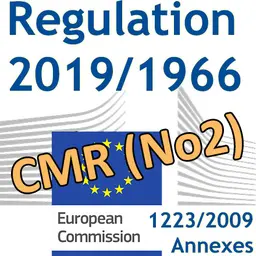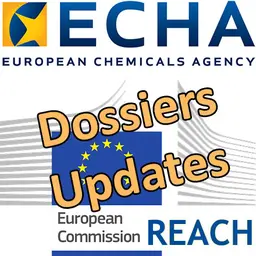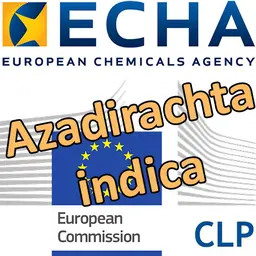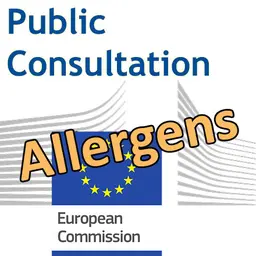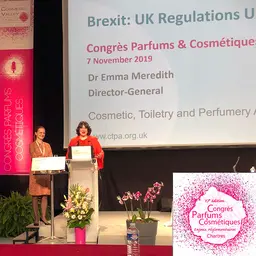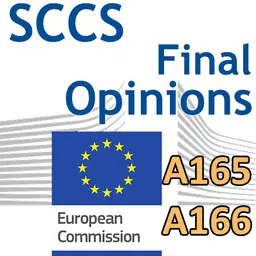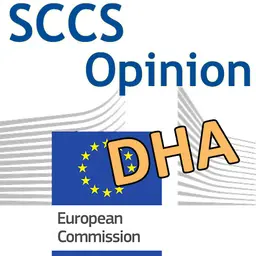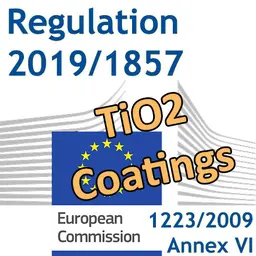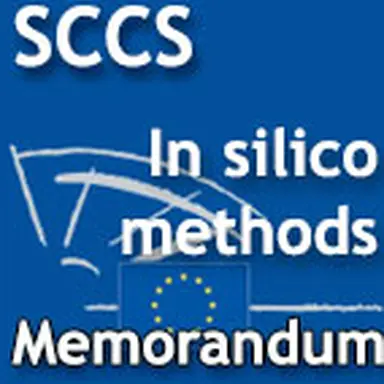
During its plenary meeting on 6 October 2016, the SCCS adopted a Memorandum on the use of in silico methods for assessment of chemical hazard in the framework of Cosmetics Regulation 1223/2009. It is intended to provide a general perspective on the current status of in silico methods in risk assessment of cosmetic ingredients in Europe.
Background
The European Commission’s Independent Scientific Committee on Consumer Safety (SCCS) provides scientific opinions on health and safety risks of non-food consumer products (e.g. cosmetic products and their ingredients, toys, textiles, clothing, personal care and household products) and services (e.g. tattooing, artificial sun tanning).
Testing cosmetic ingredients and products on animals, and marketing of new cosmetic ingredients/products tested on animals, is now banned in Europe under the EU Cosmetics Regulation (Regulation (EC) No 1223/2009). This has brought the focus on alternative non-animal methods to derive safety data for cosmetic ingredients. The alternative methods include
in silico
(computational) models and systems that are based on (quantitative) structure-activity relationship, and/or read-across between structurally/functionally similar substances.
This Memorandum is intended to provide a general perspective on the current status of
in silico
methods in risk assessment of cosmetic ingredients in Europe.
The SCCS Position on Alternative Methods
The SCCS position on the use of alternative methods for obtaining chemical safety data is clarified in the SCCS Notes of Guidance as follows:
On page 2 ‘For the safety evaluation of cosmetic substances, all available scientific data are considered, including the physical and chemical properties of the compounds under investigation,
in silico
data such as …

